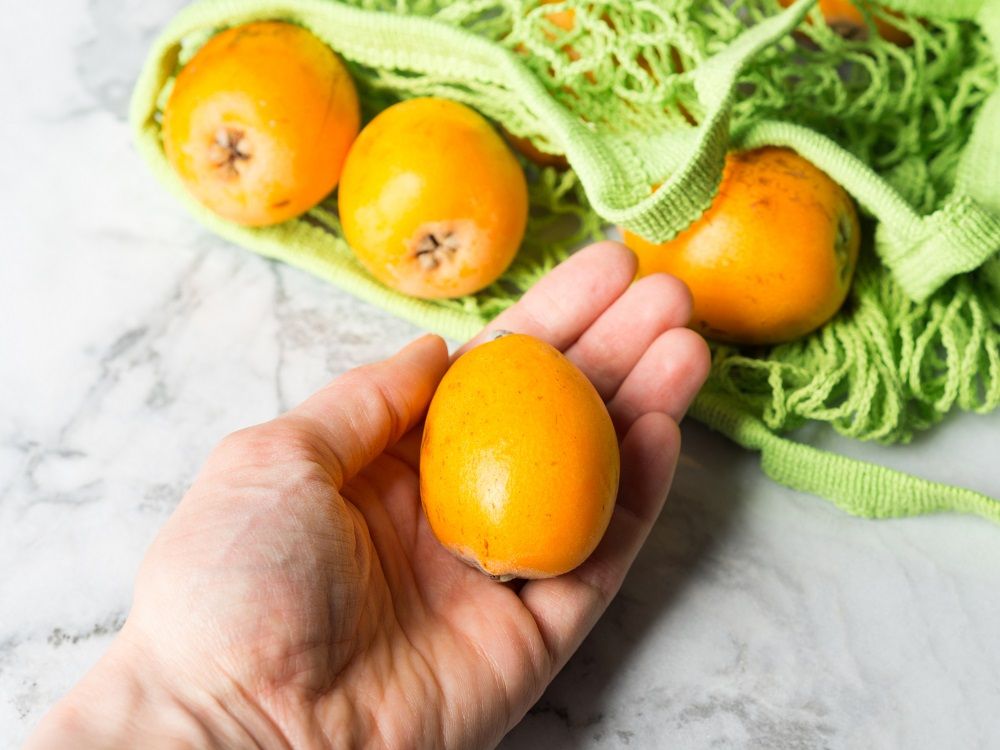3 Reasons Why Fruit Prices Are Expensive in Japan

3 Reasons Why Fruit Prices Are Expensive in Japan
(Istimewa)Last year the internet was abuzz with the news that a grocery store in the United States selling a box of eight to 11 Japanese strawberries for USD 50 or equivalent to around Rp 700 thousand. This Oishii berry is claimed to be more juicy and sweet than regular strawberry. At such a high price, people on the internet are shocked and continuously wonder what makes the strawberry so expensive. Giving them a taste, social media influencers are proofing, through a series of videos, that the strawberry does taste better than its regular counterparts.
According to its website, the Oishii strawberry is brought over by Hiroki Koga, founder of the company, from the Japanese Alps to the United States and grows them on a vertical farm in New Jersey. The attention to quantity over quality of produce in the United States is stated as the reason why Hiroki Koga was inspired to bring over the high-quality fruit.
This strawberry is just one example of how high the fruit quality in Japan is kept. Japan is known as a country with a rich culture of high-end fruit. They even have a high-end fruit shop dedicated to prized fruits that can go up to 20,000 JPY or equivalent to Rp 2 million.
The reason why fruit in Japan is expensive
The reason why the fruits there are so expensive and highly prized has to do with Japan’s history of gift-giving culture. Historically speaking, fruits like melons and tangerines were presented as gifts to shoguns, a military ruler, by the aristocratic warriors. It was regarded as a sign of deep respect, appreciation, and loyalty. This cultural value of fruits in Japan continues to this day. That is why you might see perfectly wrapped fruits with silks and ribbons ready to be gifted in Japan.
Another reason for the high price of fruit in Japan is the agricultural nature there. With the limited farmland and labor force, produce in Japan is treated differently by farmers. They tended and nurtured them so carefully that they would create special environments so that the fruit got the best care and grew perfectly. For example, Sekai Ichi Apples are given personalized care by the farmers. Using a special tool, the farmer pollinates the apples by hand and checks for any blemishes. For their dedication, the apples are priced at around 2,200 JPY.
Agriculture in Japan is also highly modernized. Farmers would adopt technology from the Internet of Things (IoT) to robotics to ensure a perfect yield crop. For example, the crown melons of Shizuoka are grown in a temperature-controlled greenhouse so the melons grow at a consistent temperature. And to achieve the perfect growth, the farmers made it so only one melon was grown per vine. They also polish and massage the melons to ensure they are in perfect shape. They even have a robotic technology that can scan the fruit for its sugar content.
Growing fruit at home is easy and more efficient
While it might be tempting to try the Japanese highly expensive fruits for once, growing your fruit can be much more cost-efficient and rewarding. There are many benefits to growing your fruits (and vegetables), from motivating you to eat more nutritious food, to the act of gardening itself that allows you to be active in the sun absorbing vitamin D.
Growing your fruits and vegetables is also proven to be healthier and more cost-efficient than buying in the market. It is due to the long production process of getting the fruits and vegetables from farmers to a local grocer, which can cause them to lose some of their nutrients. It is also more efficient all around because it removes the need for long transportation between one producer to sellers.
If you do plan to start planting your fruits and vegetables, here are some starting tips that you can apply. First, start small and plant things that you’d like to eat. It can be a bed of greens like spinach or Chinese cabbage (sawi putih), some spices like garlic and chilies, or mangoes and guava trees that are perfect for Indonesia’s tropical weather.
This brings us to the second tip, plant according to your region. It means looking around your neighborhood or nearby farm to see what grows well in the area. While planting fruits and vegetables is not rocket science, it does require a few considerations of soil and climate to ensure that the plant can grow properly.
The third tip is picking the planting spot. Depending on the plant, try to pick a spot with at least 6 hours of good daytime light. Some plants require full exposure to the sun, and some might prefer a shadier spot. Whichever one it is, make sure it has access to water and good drainage. With Indonesia’s tropical weather of sun and rain, good drainage ensures that the plant is not drowning in water, threatening the presence of pests and disease.
And if you’re really into higher quality fruits like the Japanese people have, try to adopt one of their methods of plucking the damaged fruits as they first started to grow. The fewer fruits on one vine mean less competition in which fruits get the most nutrients. While this method might result in fewer fruits, it might lead to a higher quality batch. (Demfarm/Safaanah)
